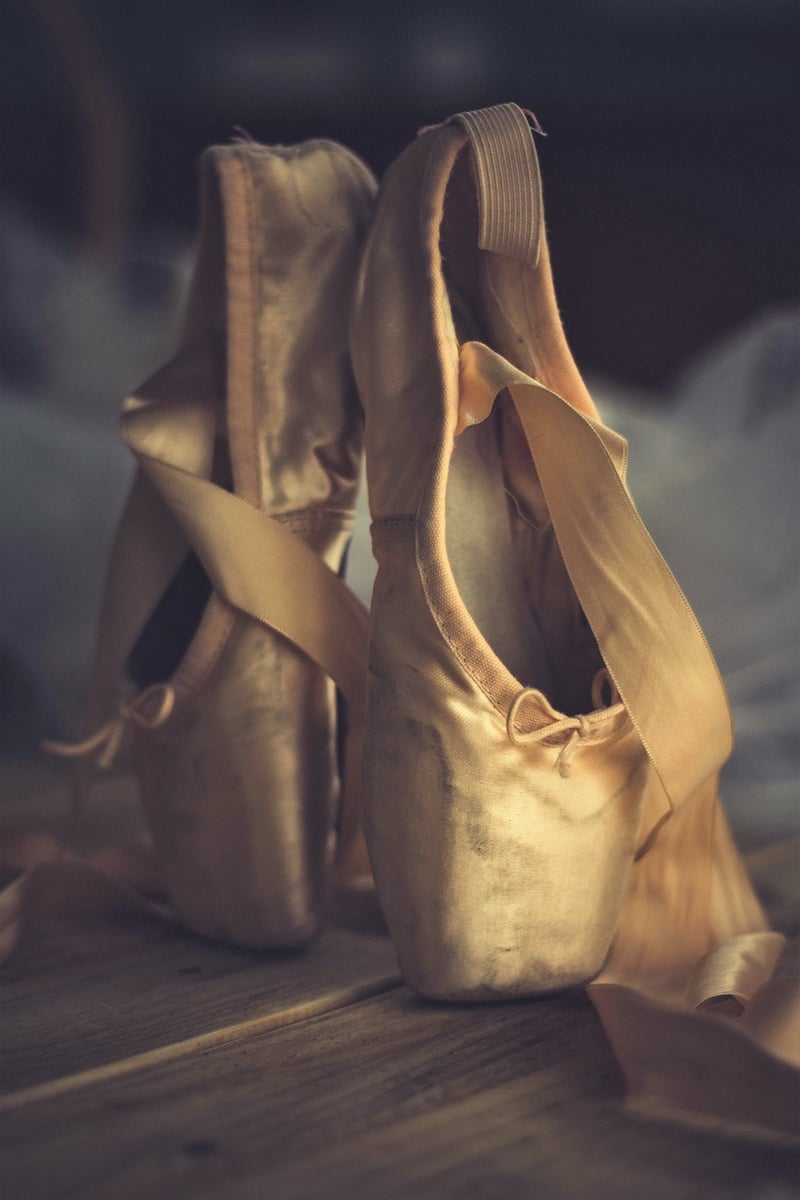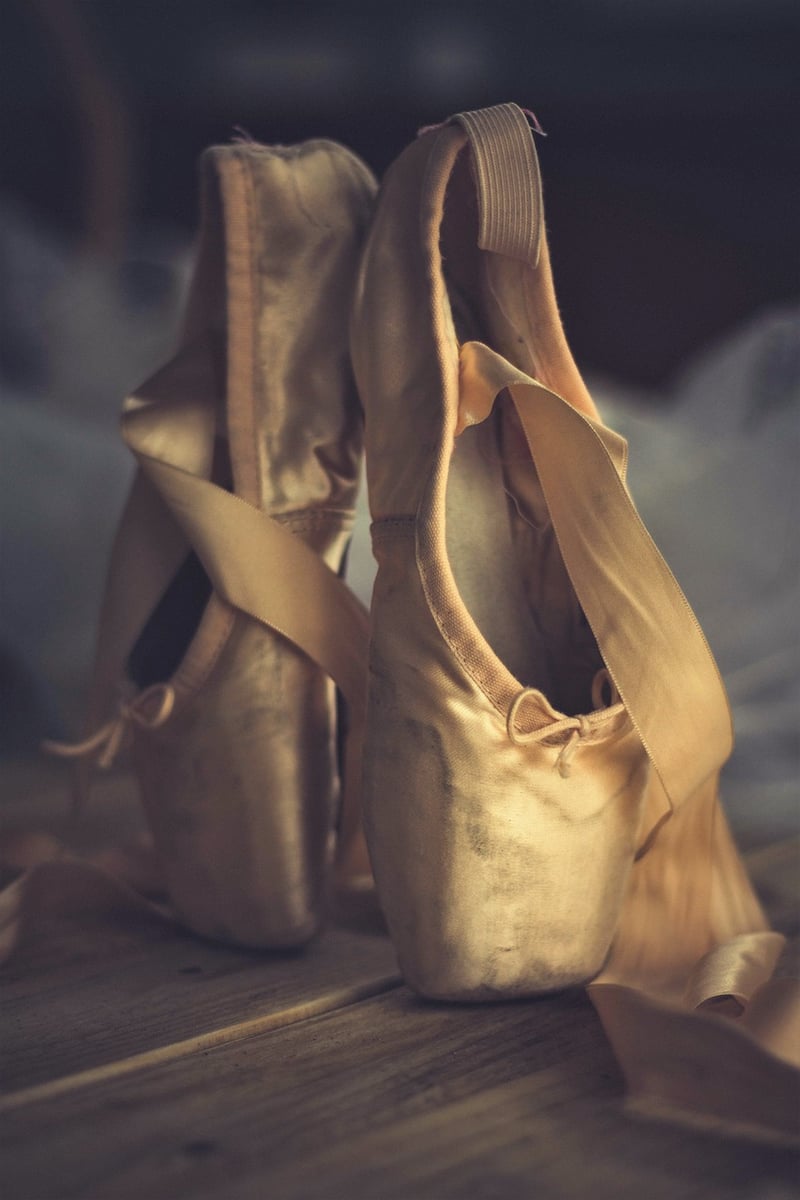Ballet
Exploring Expressive Movement Forms: Ballet

Ballet is a classical dance form characterized by grace, precision, and fluidity of movement. It is a highly technical art that has evolved over centuries, combining music, storytelling, and exquisite choreography to create a visually stunning performance.
The Origins of Ballet
Ballet originated in the Italian Renaissance courts of the 15th century and later developed into a formalized dance technique in France and Russia. It has since become a popular form of artistic expression worldwide.
Key Elements of Ballet
- Technique: Ballet demands exceptional control, balance, and flexibility from dancers. Movements are precise and executed with finesse.
- Graceful Movements: Dancers perform movements with fluidity and elegance, creating the illusion of effortless motion.
- Pointe Work: Female dancers often dance on their toes with the aid of pointe shoes, showcasing strength and poise.
- Storytelling: Ballets often tell stories through a combination of music, dance, and pantomime, evoking a range of emotions in the audience.
Benefits of Ballet
Engaging in ballet offers a wide range of physical and mental benefits, including:
- Improved posture and alignment
- Enhanced flexibility and strength
- Stress relief and emotional expression
- Increased focus and discipline
Whether you are a seasoned dancer or a beginner looking to explore the world of ballet, this expressive movement form offers a unique blend of artistry and athleticism that captivates audiences and dancers alike.
Join a ballet class today and immerse yourself in the beauty and grace of this timeless art form!

Images: Pixabay
